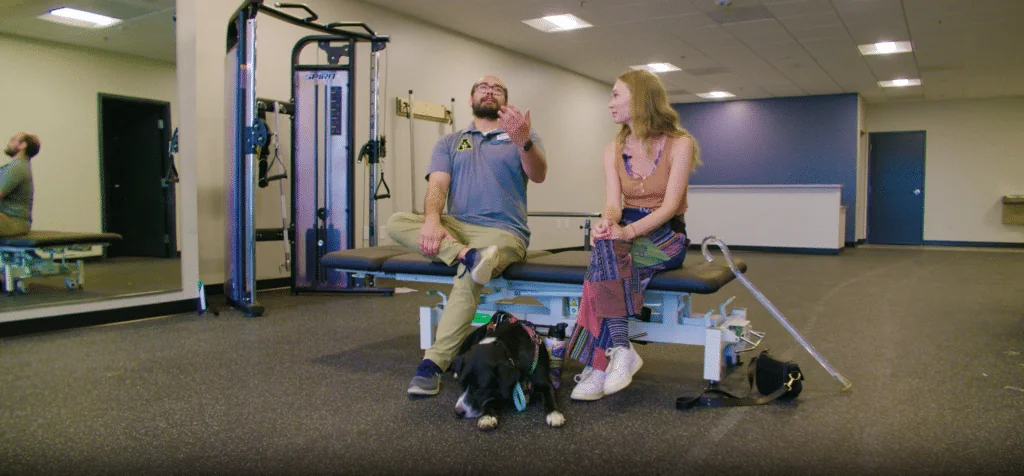Rethinking Pain: A Call to Clinicians
For decades, chronic pain has been treated as a symptom to silence. But the latest research in pain neuroscience reveals a very different truth: pain is not just in the body, it’s in the brain. And understanding that changes everything.
The Myth of Damage = Pain
Pain is a complex, biopsychosocial phenomenon influenced by thoughts, emotions, past trauma, and nervous system sensitivity.
The traditional model of pain says that pain comes from injury or damage to the body. Something hurts because something is hurt. Seems simple enough.
But here’s the problem: science doesn’t back that up anymore.
You can have pain without injury. And you can have injury without pain. That’s because pain doesn’t live in your muscles, joints, or discs. Pain lives in the nervous system.
“Pain is not just a message from the body, it’s a response shaped by your brain, emotions, past experiences, and environment.”
— Dr. Adriaan Louw, pain neuroscientist and educator
The Role of the Clinician
Physical therapists, occupational therapists, and other rehab professionals have a crucial role in helping patients understand and manage pain through education, movement, and reassurance.
- Educate you on how pain works
- Guide you through safe, progressive movement
- Help reduce fear and build confidence
- Teach strategies to calm the nervous system
“When people understand why they hurt, they often hurt less. It’s not magic, it’s neuroplasticity.”
— Dr. Colleen Louw
Patient Education as Treatment: Sharing how pain works can reduce fear and increase function—research supports it.
Pain is not just physical. It’s also influenced by:
- Stress and trauma
- Mood and beliefs
- Past injuries and current fears
- How safe or threatened your brain feels in a given moment
Pain isn’t a lie but it can be misleading. Especially when it lingers long after the body has healed.
Studies show that in cases of chronic pain, the nervous system can become hypersensitive, just like when a smoke alarm that goes off just because someone made toast.
Want to understand pain? Watch the film Pain, Misunderstood


